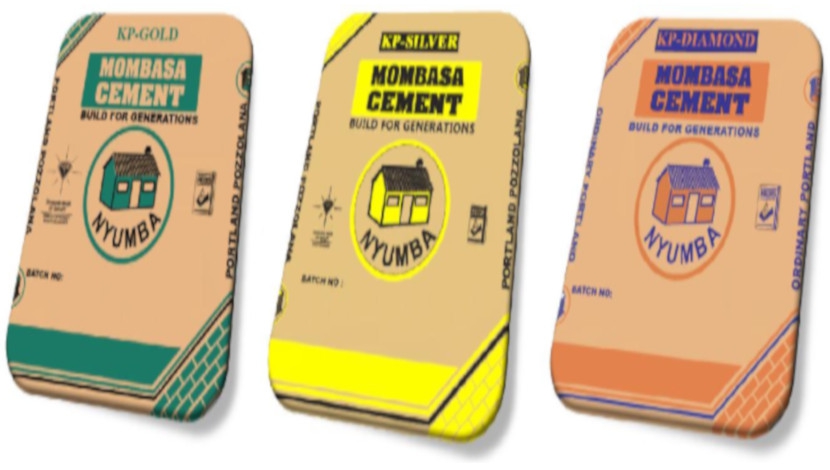

Mombasa Cement Ltd plans to invest Ksh7.3 billion ($73 million) to expand the factory’s production capacity.
The investment in a new clinker and cement unit is expected to ease pressure on prices, which dropped to $7 per 50-kg bag from $8 in 2014.
The firm now has a unit each for clinker and cement and boasts of an annual output of 1.6 million tonnes.
“The objective of expansion of Mombasa Cement’s Vipingo factory is to increase the current clinker production capacity from 3,000 tonnes of clinker per day to 9,000 tonnes per day,” said the company’s MCL’s environmental lead expert Philip Omenge in an EIA report to National Environment Management Authority (Nema).
Cement consumption in Kenya, Tanzania and Uganda in 2014 was estimated at 10.16 million tonnes due to massive infrastructure projects in road, rail and energy sub sectors.
“Improved economic activity and accelerated implementation of infrastructure were key drivers of 13% year-on-year growth in consumption,” said analysts.
Dangote Cement of Nigeria plans to build $395 million cement plant in Kitui and Sanghi Group of India will establish a $119 million cement plant in West Pokot to compete against the East Africa Portland, Mombasa, ARM, National and Savannah Cement companies.
East Africa Portland Cement Company said it expects infrastructure such as the standard gauge railway and the proposed pipeline project and growth in real estate to drive demand. However, it said the market would eventually be swamped by supply, depressing prices.
“Production efficiency and cost control will therefore remain key pillars of the company’s performance, supported by growth in volumes,” said MD Kephar Tande.
Portland has issued a profit warning that earnings in the financial period ending June 30, 2016 will decline by at least 25% due to mounting losses caused by higher financing costs and foreign exchange losses.
The company returned a loss of $5.2 million for the half year to December 2015 compared with a loss of $600,000 over the same period in 2014. Financing costs rose to $2.7 million as debt was used to fund capital projects and a third packing line to support higher sales volumes.
The pre-tax profit of Bamburi Cement Ltd rose by 46% to $84.5 million in the year ended December 31, 2015 and turnover increased by 9% to $392 million driven by higher sales, investment income and currency gains.
“Turnover increased, driven by demand in the key domestic markets in Kenya and Uganda, resulting mainly from growth in large infrastructure projects and contractor segments,” said Bamburi MD Bruno Pescheux.
He said investment income and foreign-exchange gains were influenced by foreign currency-denominated cash and other monetary assets held by the group, which increased as local currencies depreciated.
Investment in East Africa’s cement industry is expected to increase in the next three years, with Tanzania’s total production capacity surpassing Kenya’s by 2018.
Dangote Cement and Kenya’s ARM Cement will raise Tanzania’s installed cement capacity to 9.4 million tonnes per annum in 2018, surpassing, Kenya’s cement capacity of 8.1 million tonnes per annum.





